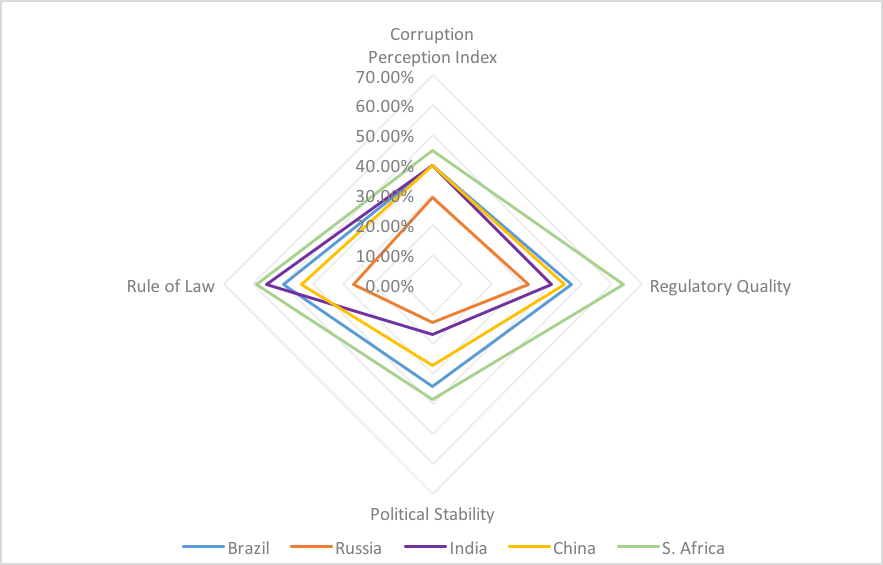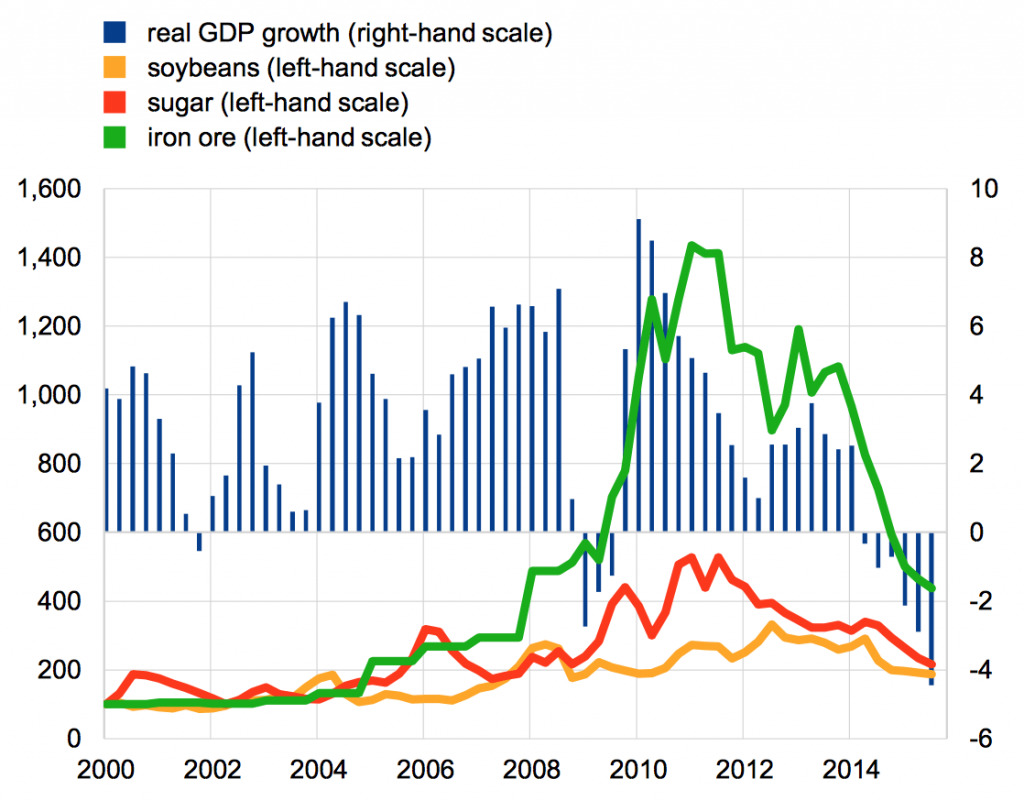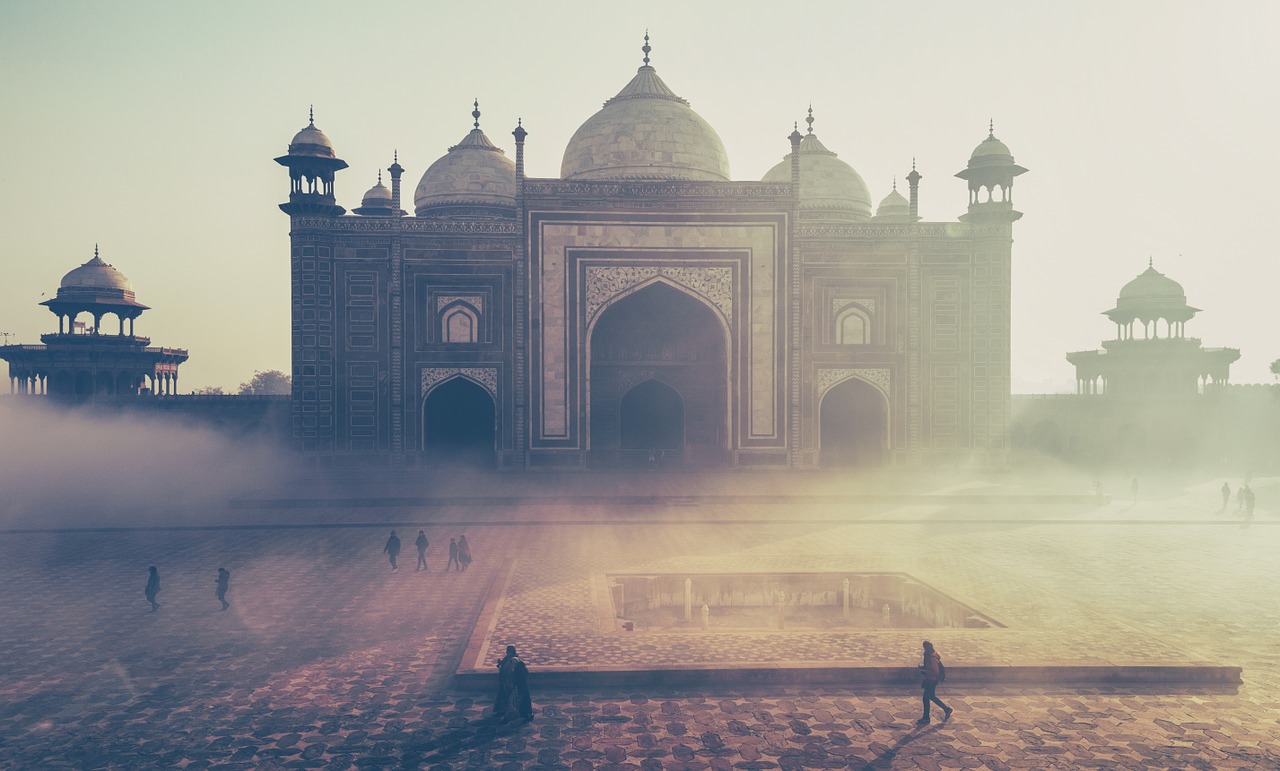Estimated reading time: 6 minutes
With over 80% of the worlds population living in emerging markets, it is vitally important for international businesses to understand the benefits, as well as the risks, involved with each country. This article hopes to provide a brief introduction to each of the BRICS and MINT countries.
The BRICS & MINT countries
B – Brazil M – Mexico
R – Russia I – Indonesia
I – India N – Nigeria
C – China T – Turkey
S – South Africa
When considering exporting to an emerging market, there are two main concerns. Firstly, is there sufficient growth and growth potential in that market. The primary reason why emerging markets are desirable is because of the levels of growth that they offer. Therefore, it needs to be checked to make sure that this growth is as good as it should be, and that this growth will continue into the foreseeable future.
Exporting Benefits
1. Cost reduction
2. Bigger markets
3. Less competitive
4. Risk reduction through diversification
Secondly, do the risks of this market outweigh the returns it promises? No matter how good the potential for growth may be, if the risks are too great, business should not be done there. These risks come in two main forms – political and legal. Politically, is the country stable, and how significant is corruption? Legally, how robust is the rule of law, and how good is the regulatory quality? These four factors can be put together to give an overall impression of each country’s key institutions (as seen below – figure 1 & 2).

Figure 1: The political & legal quality of the BRICS countries
The Good – India
Out of all the BRICS and MINT countries, there is one that stands head and shoulders above the rest. Second only in population size to China, and with a population bigger than the remaining 7 countries combined, India is the group leader in % GDP annual growth. Not only is its % GDP annual growth the highest, but it is one of only two of the nine countries that has seen this growth rise since 2013.
In terms of political and legal risk, India has nearly the best rule of law, and some of the lowest levels of corruption. Unfortunately, no emerging economy is without fault. For India, this is in the form of its poor political stability. Many think that this will be the limiting factor to India’s economic success.
Despite this drawback, India is still significantly more attractive than the remaining 8 countries on this list. A more in-depth look at the country can be found here.
Figure 2: The political and legal quality of the MINT countries
The Bad – China, South Africa, Mexico & Indonesia
Whilst significantly less attractive than India, these four markets all have appealing characteristics to them. All four score relatively well on the political and legal framework.
China is appealing due to it having the largest population in the world, as well as having a GDP annual growth at 6.9%. Whilst these are both very promising, it must be recognized that the population growth is currently only at 0.5% and although the GDP growth is high, it has been on a downward trajectory from 2013. Therefore, it is crucial to consider how much longer China will remain a fast growing emerging market.
South Africa can be seen at the opposite end of the spectrum. It has the smallest population of the nine countries yet it is second highest for population growth (at 1.6%). Again its GDP annual growth is in decline from 2013, currently sitting at an unappealing 1.3%. Pundits are rightly skeptical about South Africa’s future potential due to a multitude of economic and cultural factors. Any business thinking of starting a relationship with this market should be careful to fully weigh up the positives and negatives.
Mexico is in a particularly precarious position at the moment. It is a small country in terms of population with an average population growth. Whilst it’s GDP annual growth is rising it is uncertain how big an impact the volatile US political scene will have on the country as a whole. Mexico could either benefit from Trump’s protectionism as it turns to the rest of the world for increased business. Or, it could see many companies, pressurized by the Trump administration, returning to the US. This stripping out of much of Mexican industry could have an extremely detrimental effect on the country’s economic growth and general health. In five years time it is unlikely Mexico will still be in this category. It will either be good or ugly.
Indonesia is another country that is currently sitting in the middle of the road when ranked against the other emerging markets. On the plus side, it has a high GDP annual growth percentage and the third largest population of these countries. On the down side, this GDP growth is slowing and the population growth is nothing special. Again this is a country that has potential to be a great area for business in the future. Any business that doesn’t entertain the possibility of this market when considering the emerging market options would be making a mistake.
The Ugly – Brazil, Russia, Nigeria & Turkey
The four countries in this category are the least favourable of the nine considered. Whilst they all have appealing aspects to them, these are significantly outweighed by each country’s pitfalls. Therefore, for businesses that are looking towards emerging markets, these should be at the bottom of the list.
Firstly, Brazil. Despite scoring relatively well on the political and legal framework, Brazil is currently in the middle of a recession. Since 2013 its GDP annual growth rate has gone from +3% to -3.8%. Figure 3 shows the decline of Brazil’s economy. As can be seen, there has been a drop in the commodity prices that had previously helped drive so much of Brazil’s growth. Furthermore, this drop acted to expose the country’s main structural weaknesses; namely high business startup costs, infrastructural deficiencies, and an awkward tax system. These factors have helped compound the economic problems the country is currently facing. This downturn should be a big warning sign to anyone looking towards Brazil for business.

Figure 3: GDP growth and major export commodity prices. Left-hand scale: index 2000=100; right-hand scale: annual percentage changes (source: https://www.ecb.europa.eu/pub/pdf/other/eb201601_focus01.en.pdf)
Russia has the slowest population growth, a negative GDP annual growth rate, and it is the worst of the BRICS on all 4 factors of the political and legal framework. On top of this, it’s economy is heavily dependent on oil – a commodity with a very volatile and uncertain future.
Nigeria is the most challenging of all 9 countries on every political and legal factor. It has high levels of corruption and significant political instability. Despite its high population growth, Nigeria should be regarded with extreme caution by any foreign business.
Finally, Turkey. Again this is another one of the emerging markets that has worrying political stability. Turkey’s 2016 attempted coup and the subsequent civil unrest are huge factors, as well as it sharing a long border with the currently war torn Syria.
Summary
Overall it can be seen that there is no emerging market that has zero risk. However, there is still a wide spectrum of markets in terms of their favourability for foreign businesses. For a closer look at how emerging markets relate to the UK in particular, click here.
























